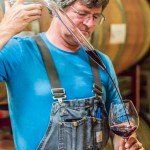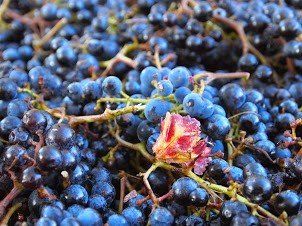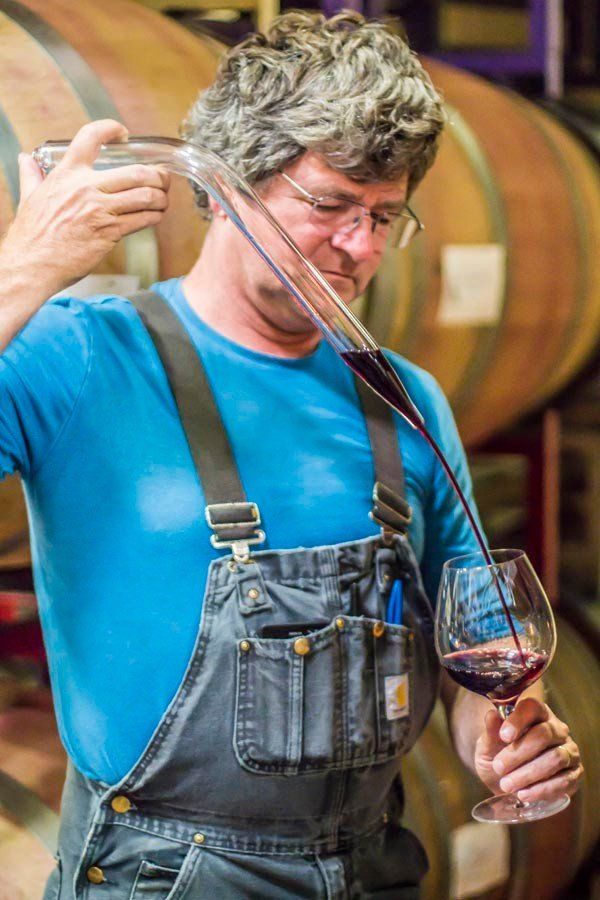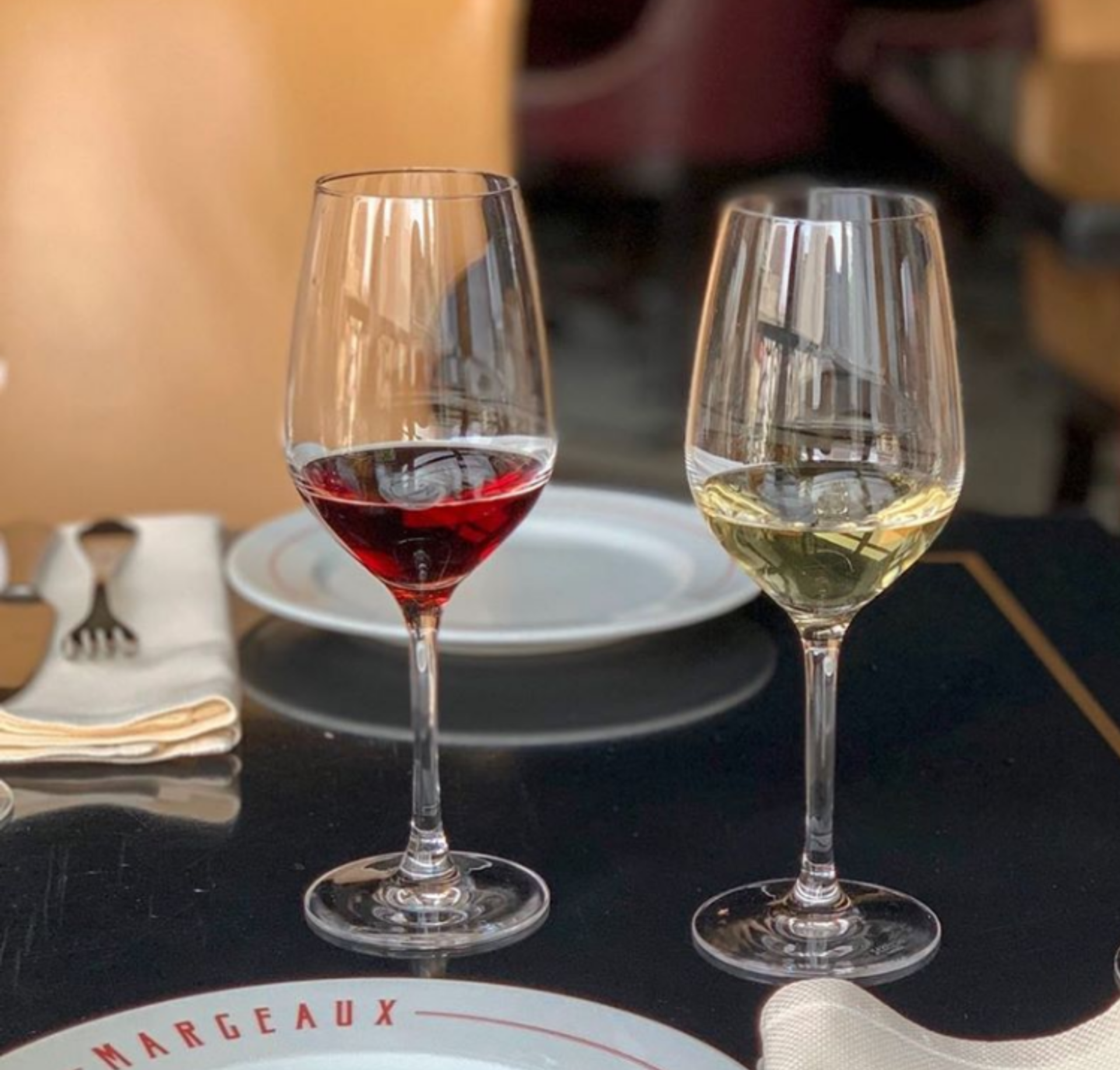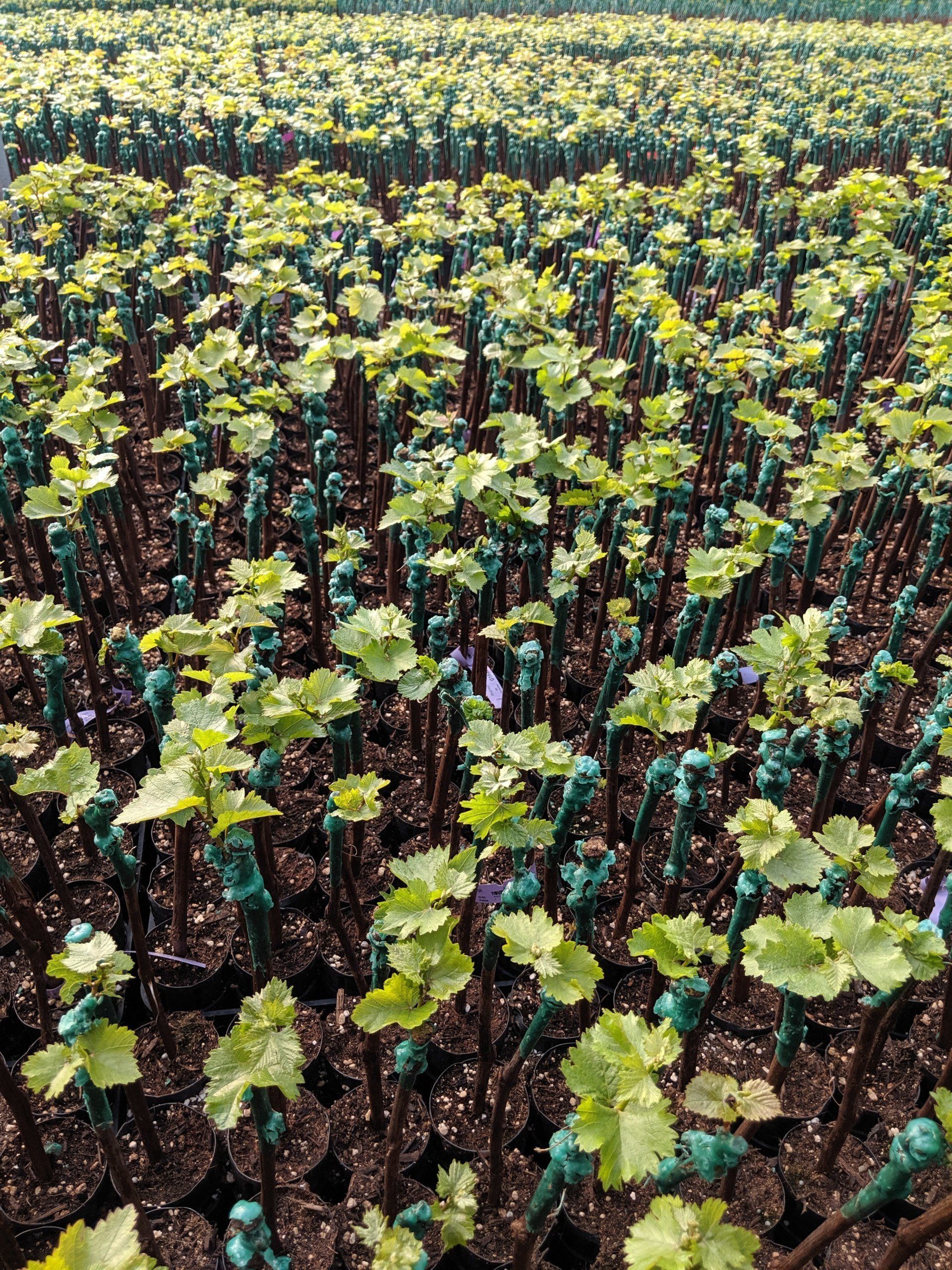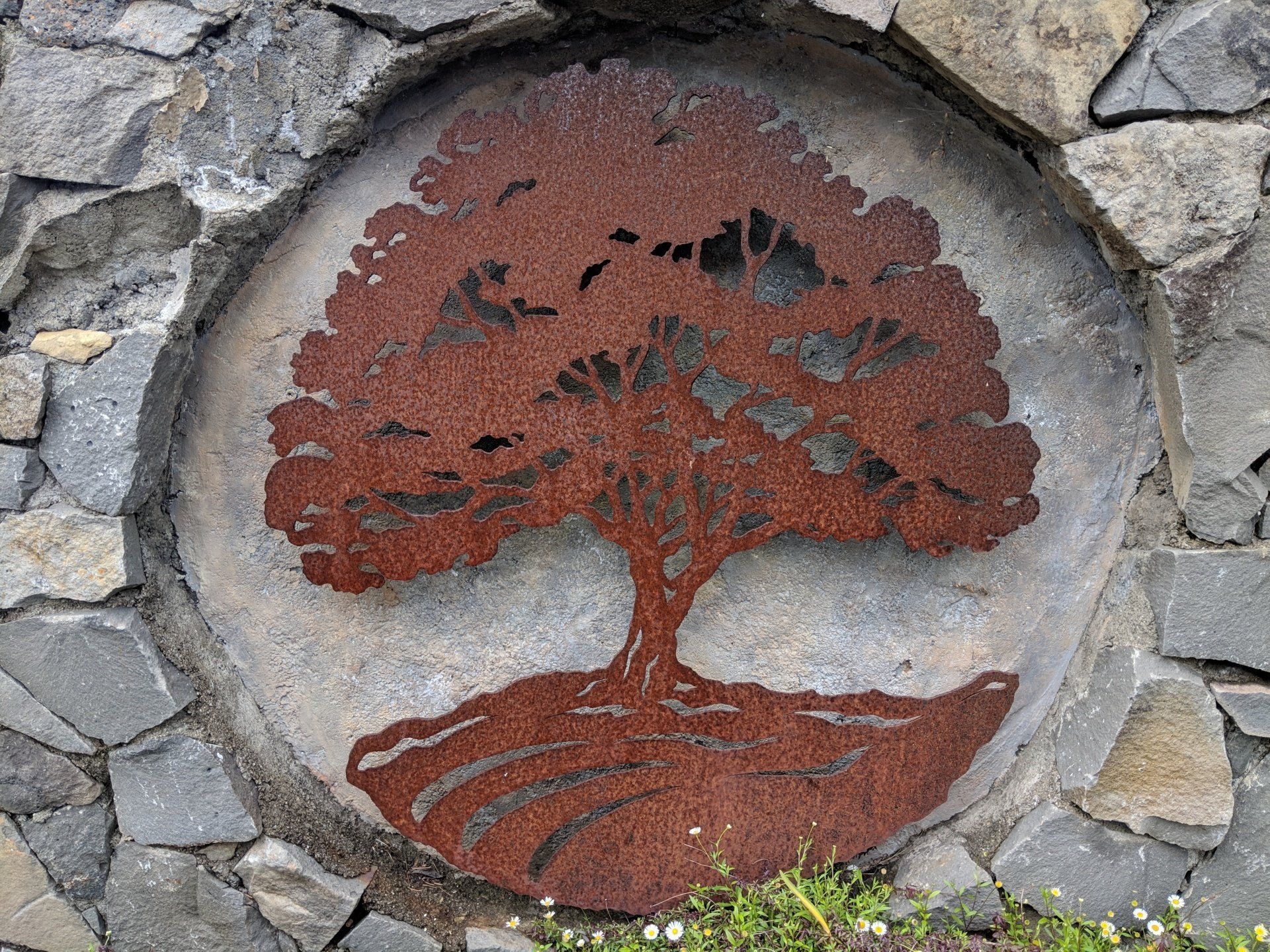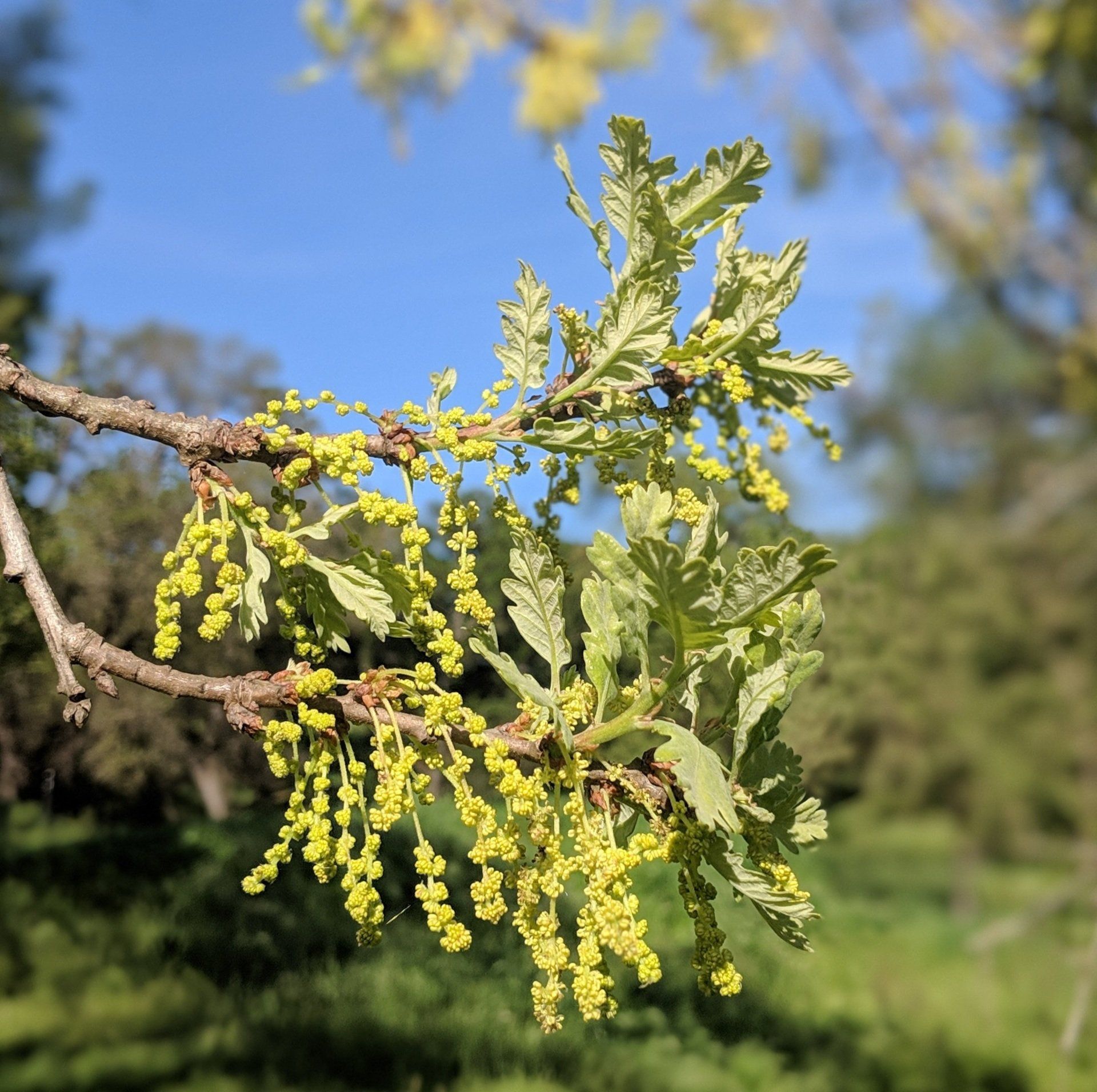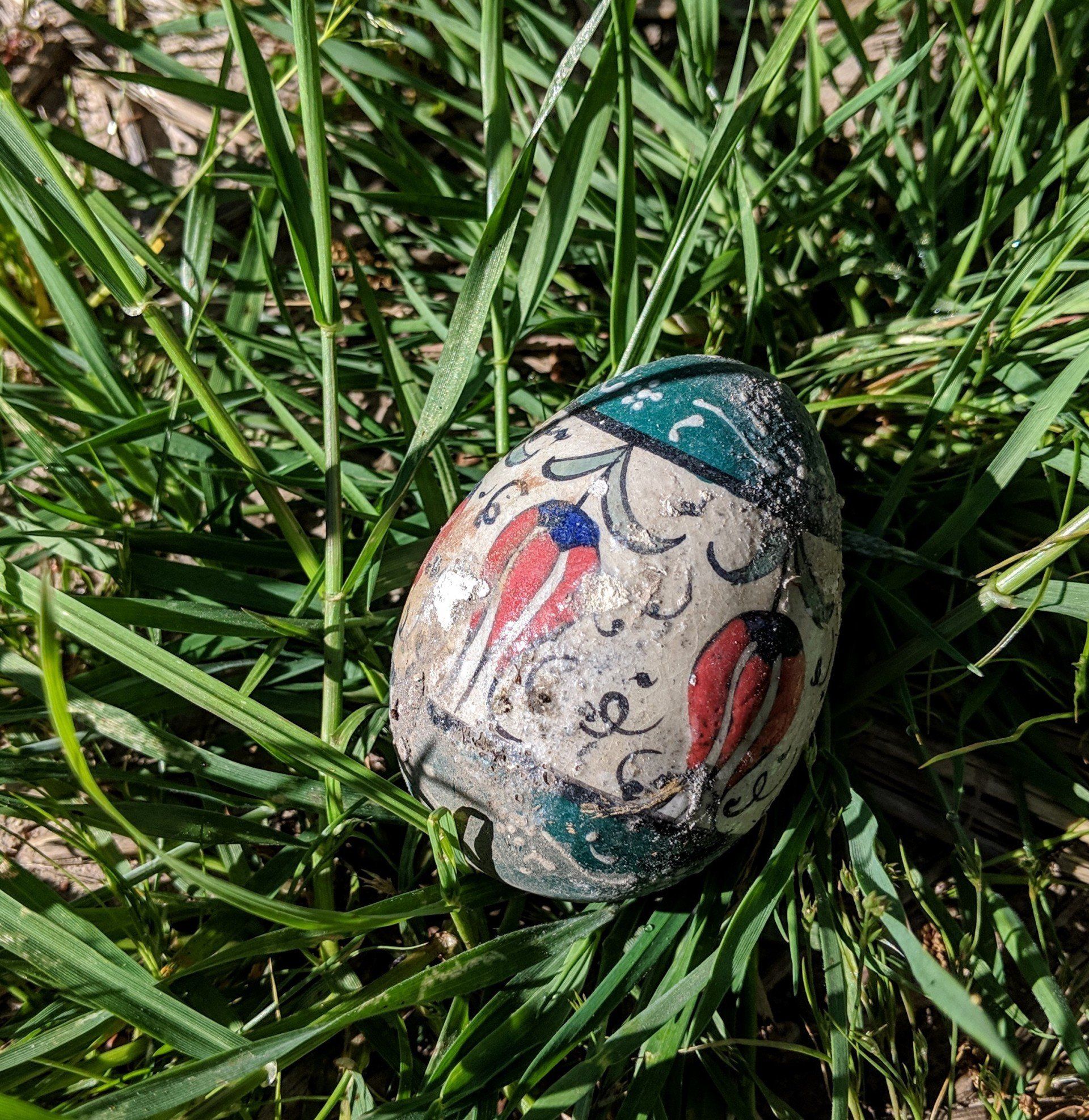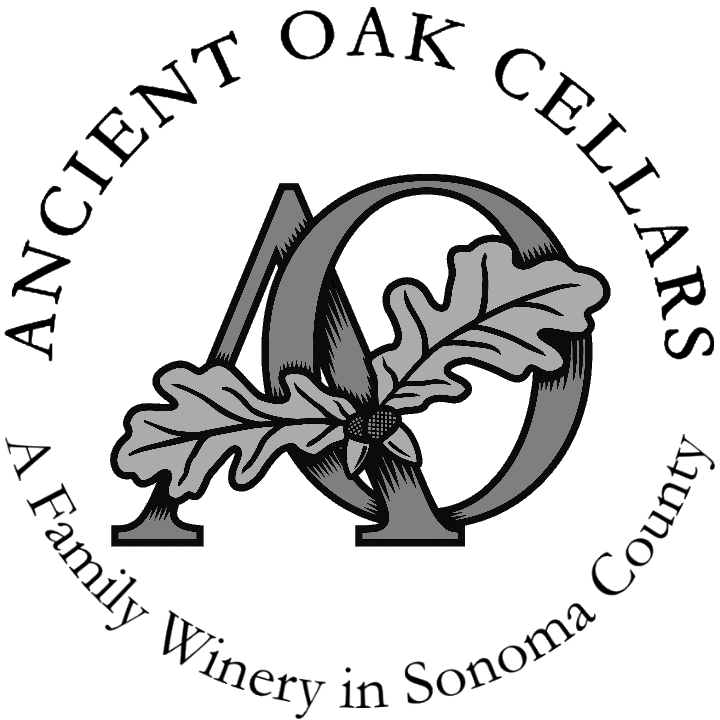Replanting Siebert Ranch: grafting new vines
- By Melissa Moholt-Siebert
- •
- 05 Apr, 2019
- •
How are new vines propagated and prepared for planting?
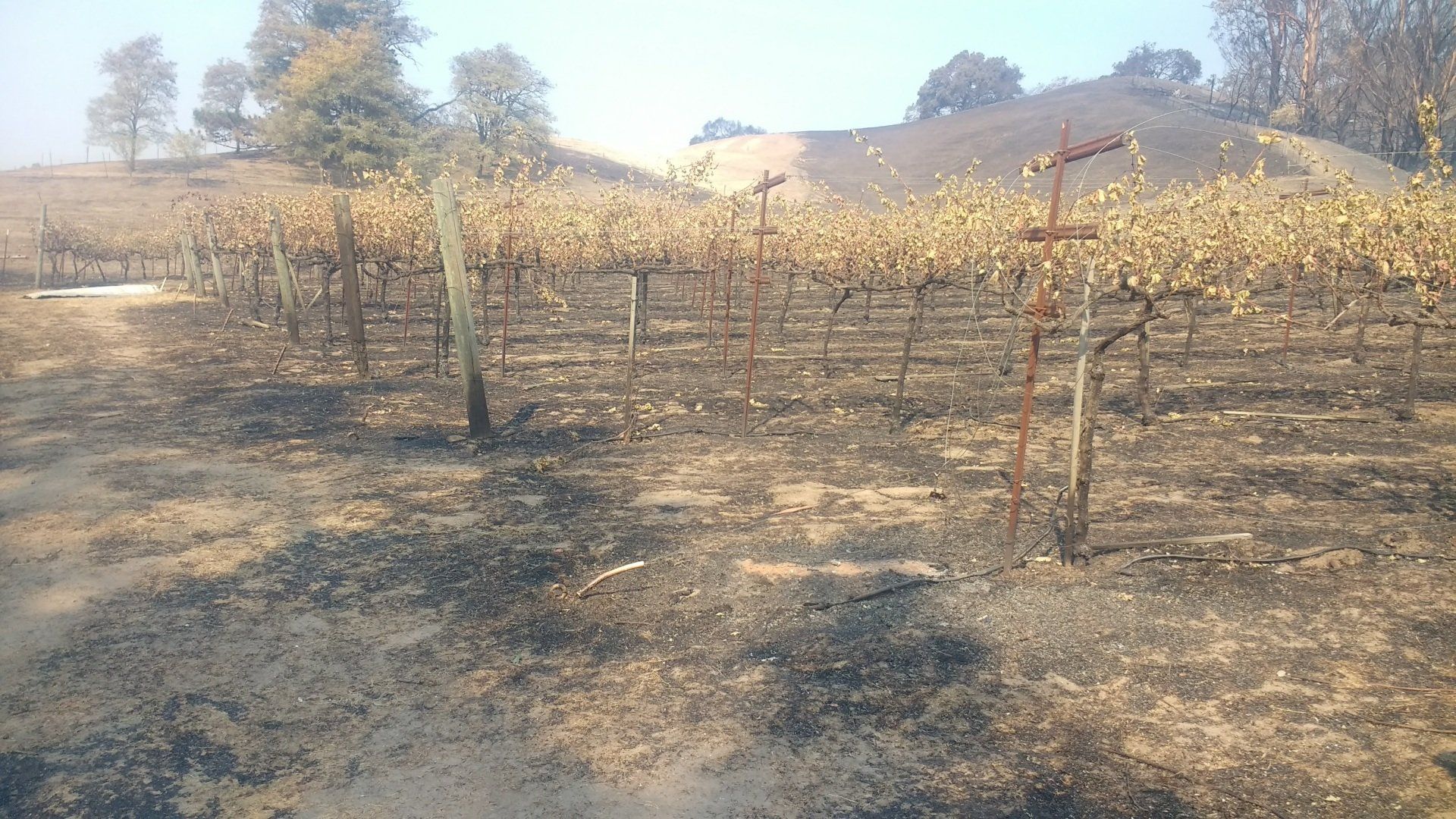
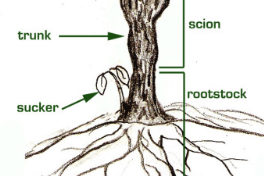
Rootstocks are all resistant to phylloxora (the root louse that destroyed much of European vineyards in the late 19th century. Because phylloxera is native to North America, the native grape species are at least partially resistant. By contrast, the European wine grape Vitis vinifera is very susceptible to the insect. So currently used rootstocks are all derived from phylloxera-resistant North American vines.)
In addition, different rootstocks are more selected for planting in dry and rocky or wet clay soils, and other such qualities.
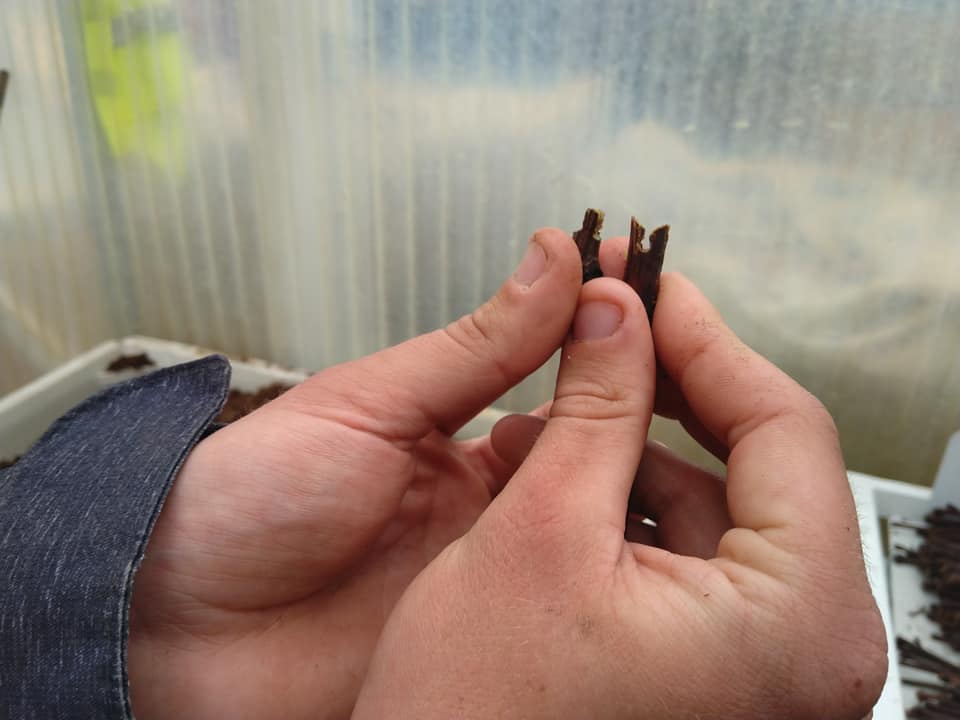
We are having our vines budded for us at Novavine. The process is that the budwood is cut to single buds and then grafted with an omega cutter to create a jigsaw joint between the two woods (the rootstock and the scion).
After this, they are stored in warm, humid conditions until a good callus forms at the joint. Sanitation and sterilization are critical, because all sorts of fungus, especially botrytis, can grow in these conditions. So oxygenated water baths are used regularly, plus at keys times treatments with hot water baths (170 deg F for 5 minutes), sprays with a beneficial fungus that tends to repress bad fungi, dilute chlorine washes, etc.
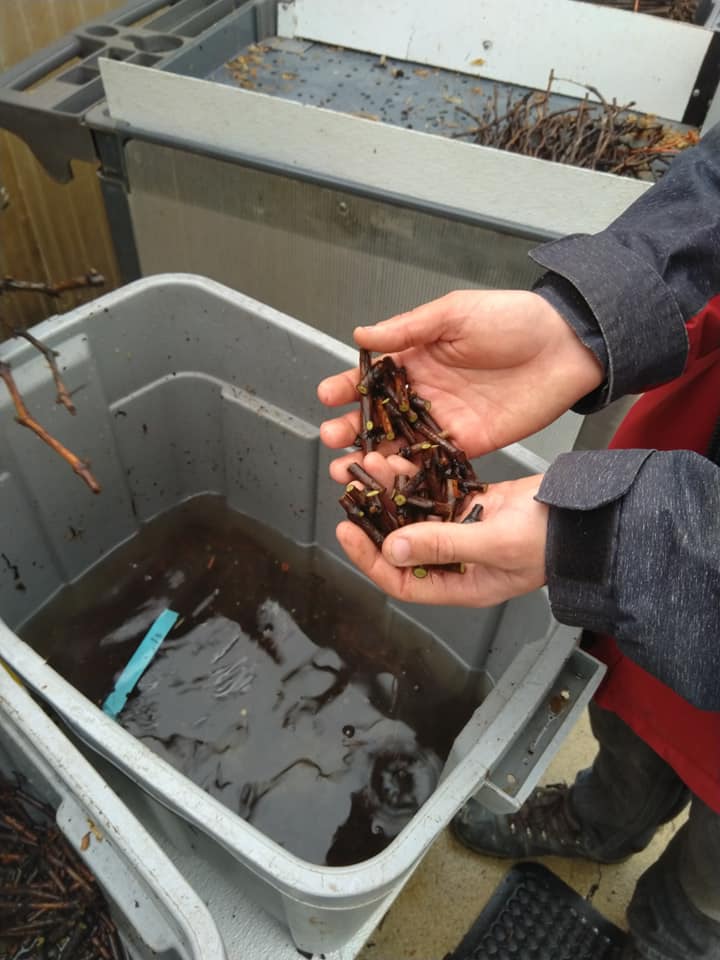
This callus operation takes maybe three weeks. After that, they are set out in little pots to grow in a greenhouse for three months before being delivered to the client (us) to plant in the field (these are called green potted vines). OR, they are put out in a plot in Yolo County to grow for a year, then are dug up in winter for planting the FOLLOWING year (these are called dormant vines). We are using vines prepared both ways.
Late last week we paid visit to Novavine, where our vines are being propagated, to see our dormant vines and to see the budding being done for our green potted vines.
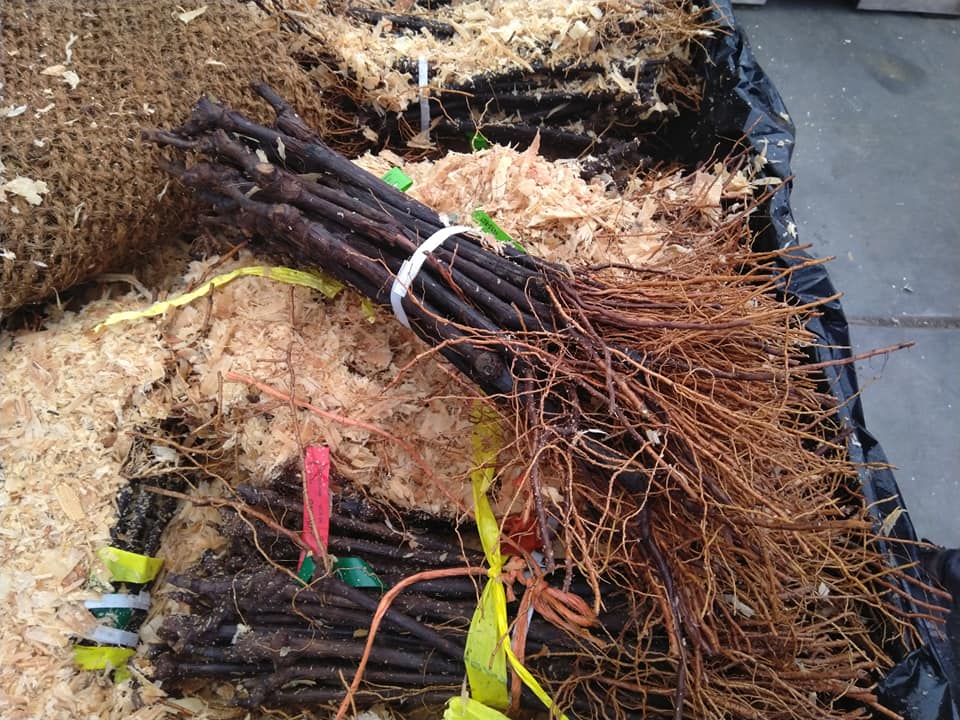
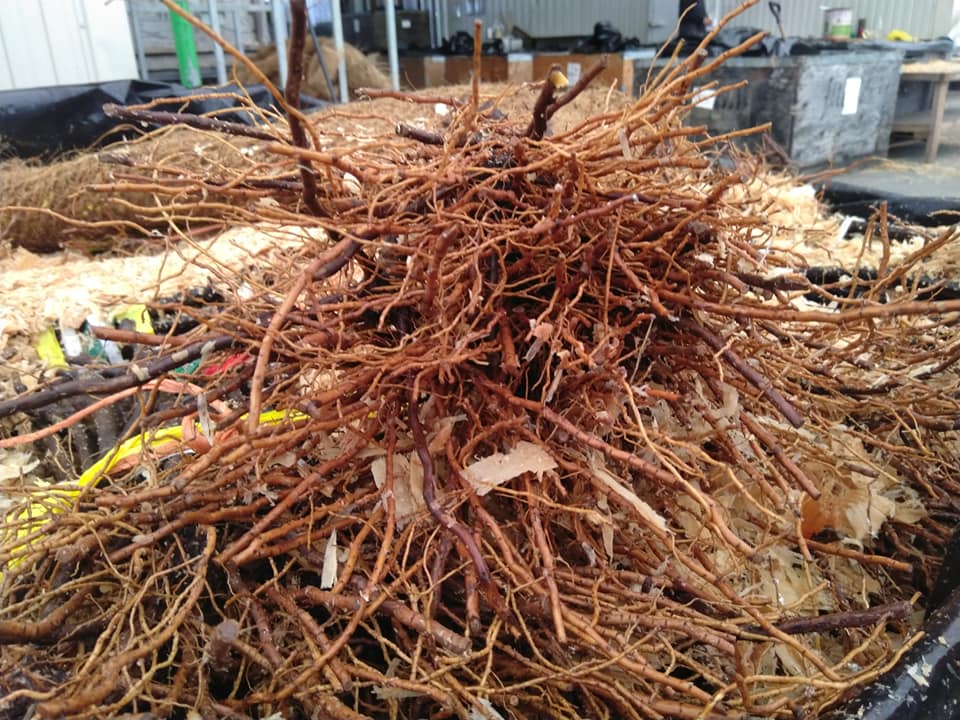
These last couple of pictures show vines with lovely healthy roots growing out in all directions that were grafted a year ago, sent out to Yolo County for a growing season, and then dug up and returned to cold storage. These are Chardonnay that we will plant in about a month. They will still be dormant, but should take off quickly.
